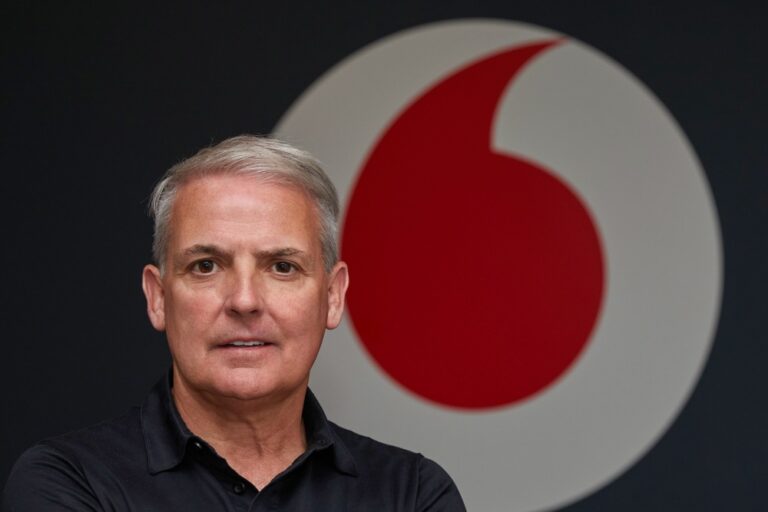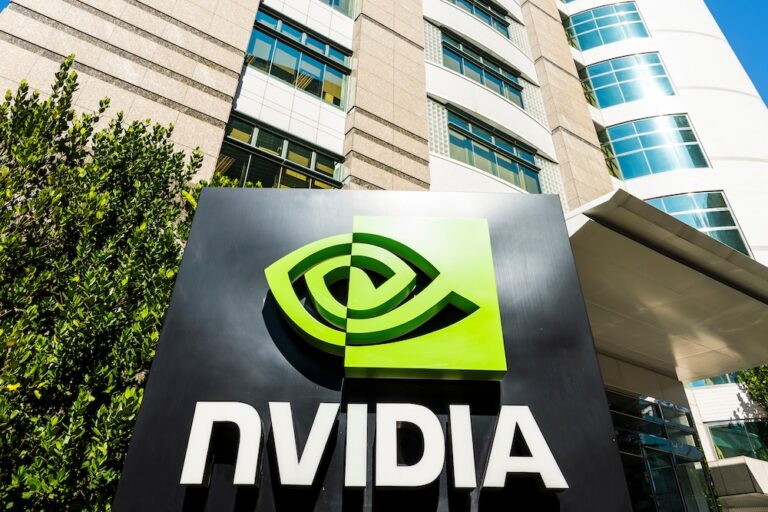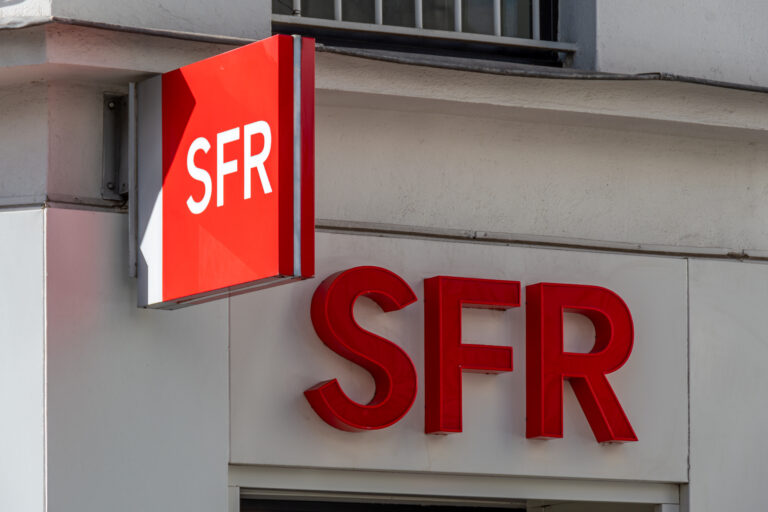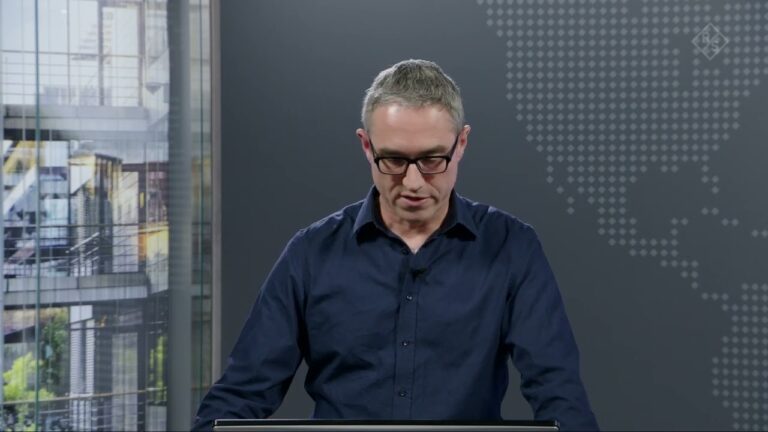The highly successful, seasoned veteran José Miguel García will lead the management team
The British investment fund, Zegona Communications, has completed the takeover of Vodafone Spain for £5 billion (€5.877 billion). This comprises €4.1 billion in cash and €0.9 billion in the form of redeemable preference shares. Zegona says this is the biggest reverse takeover in the European telecoms sector.
The management team will be led by José Miguel García, who has a track record of delivering huge returns to investors the Spanish telecommunications market. For example, after his tenure as CEO of regional telco Euskaltel, it was sold to MasMovil in for €3.5 billion in 2021, making an 87% return for Zegona’s shareholders. Read Zegona’s Chair and CEO talking about the strategy for Euskaltel in 2020 here.
Prior to that García was CEO at Jazztel from 2006 to 2015, where he was instrumental in delivering 4x revenue growth during that period. The sale of Jazztel to Orange in 2015 for €3.4 billion yielded €2.8 billion – a six times return on investment – during his time as CEO.
Changing landscape
Orange acquired MasMovil earlier this year to form Masorange, which is now Spain’s largest converged telecoms operator, overtaking incumbent Telefonica. The merger was approved with remedies by the European Union to bolster competition, in the form of bolstering Digi as Spain’s fourth mobile operator.
Under the terms of the Zegona acquisition, the new entity will continue to use the Vodafone brand and Vodafone proper will continue to provide certain services to Vodafone Spain and maintain a presence in Spain through its Innovation Hub in Málaga.
Earlier this week, Finetwork renewed its wholesale contract (which began in 2019) with Vodafone Spain under which it will use Vodafone’s mobile and fibre network for another ten years.
In February, Spanish newspaper El Economista reported that Zegona was in negotiations to acquire Avatel Telecom, a rural broadband provider in Spain. Zegona is not the only potential acquirer: Telefonica and H.I.G. Capital are also said to be interested.
However, according to Spanish media, Avatel is seeking to consolidate – it has reportedly acquired 155 companies since 2016 – and is engaged in somewhat tense negotiations about redundancies with unions.
Zegona’s path to profit
Zegona was set up in 2015 by former Virgin Media execs Eamonn O’Hare (pictured) and Robert Samuelson. It has five employees and, according to its website, its business model is ‘Buy-Fix-Sell’ to deliver attractive shareholder returns. This is its third transaction: the first was acquiring Asturian telecommunications operator Telecable in 2015. Telecable was sold to Euskaltel in 2017, at which point Zegona acquired a 15% ownership of Euskaltel.
Last November Zegona raised £300 million from investors despite tough market conditions.
O’Hare commented, “We have now completed the acquisition of Vodafone Spain and look forward to transforming the business and returning it to growth. I am pleased to welcome José Miguel García to lead Vodafone Spain as CEO, reuniting a team that has a proven track record of highly successful operational transformations in Spanish telecoms.
“The new 10-year network access agreement signed with Finetwork earlier this week demonstrates our ability to move swiftly on our well-defined strategy. With our proven track record, we are confident we will improve the performance of Vodafone Spain whilst delivering significant value for shareholders.”












